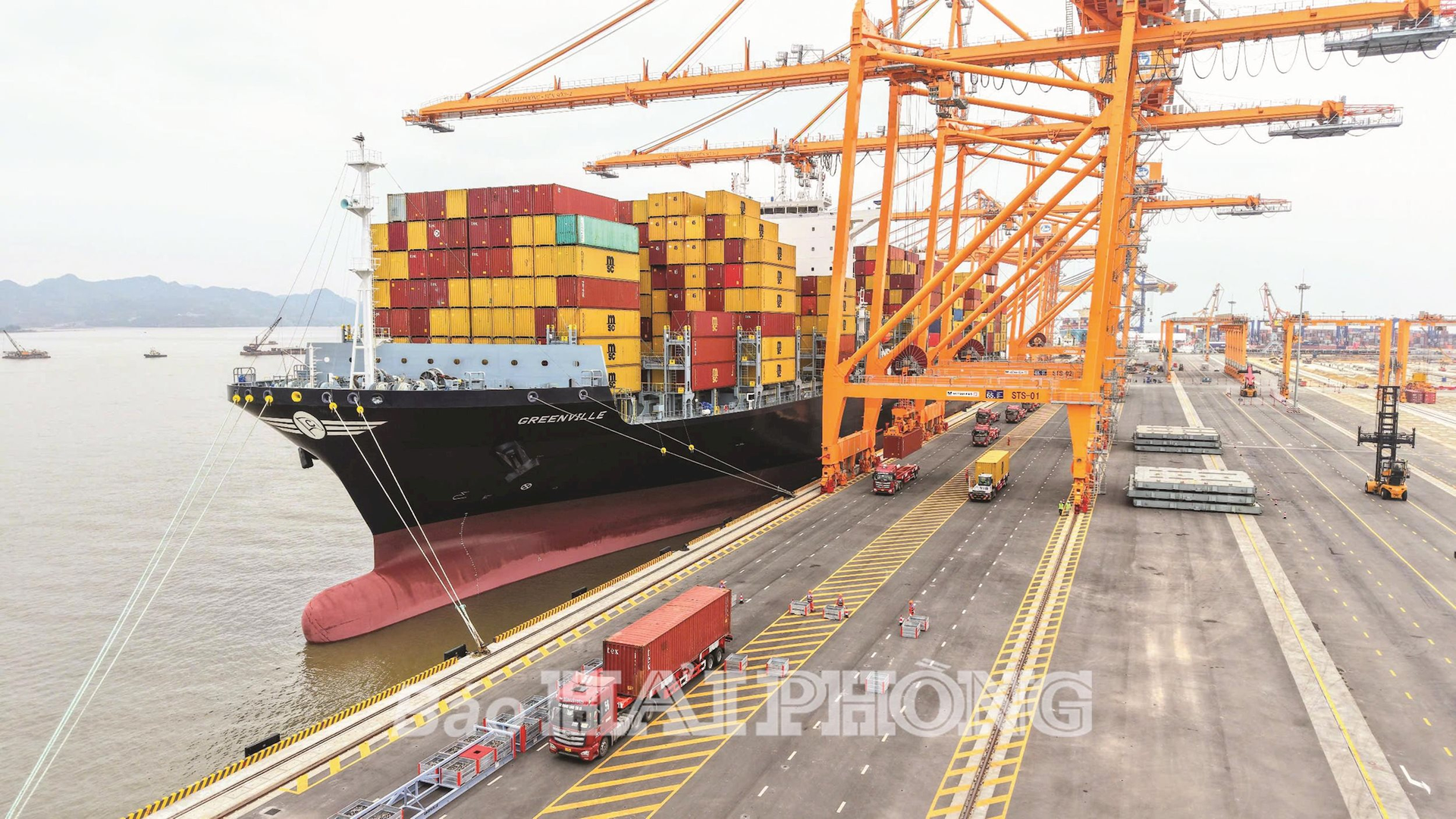Hai Phong eyes seaport investment and development
Resolution No. 226/2025/QH15 on piloting a number of specific mechanisms and policies for the development of Hai Phong city outlines a lot of measures in various fields, including those for investment management, aimed at addressing administrative bottlenecks in attracting investment for seaport development.

Shortening investment procedure processing time
Resolution No. 226 specifies that the People's Committee of Hai Phong city is authorized to approve investment guidelines for port and terminal construction projects with investment from 2.3 trillion VND or more, and to approve adjustments to such projects that fall within Hai Phong seaports. This includes projects initiated before the resolution takes effect.
Nguyen Ngoc Tu, Director of the Department of Finance, said that the Central government's decision to delegate authority to the city for approving investment guidelines on projects previously under the Prime Minister’s jurisdiction could significantly shorten the appraisal and approval process from 6 – 12 months to just 3 – 4 months, a decrease of roughly 50 – 70% in comparison with normal procedures, which require Central-level review.
With this decentralization, the number of procedural steps could be reduced from three to one or two. Specifically, the city People's Committee will now receive applications, organize appraisal meetings, and issue decisions independently without having to submit to Central authorities. This change will save at least 3 – 8 months and prevent unnecessary delays caused by inter-agency document transfers at the Central level.
Unlocking maritime potential and advantages
According to the Prime Minister’s Decision No. 1579/QD-TTg dated September 22, 2021, on approving a master plan for Vietnam's seaport system development for the 2021 – 2030 period with a vision to 2050, Hai Phong Port is classified as a special one in the national seaport system planning. It plays a crucial role as the maritime gateway for the entire northern Vietnam.
From 2021 to 2024, the total cargo volume handled by Hai Phong's port system reached 678.28 million tons. In 2024 alone, the volume was approximately 170.08 million tons, generating revenue of about 6.700 trillion VND.
Under the Prime Minister’s Decision No. 140/QD-TTg dated January 16, 2025 on approving the detailed planning for port groups, terminals, wharves, floating wharves, and water areas for the 2021 – 2030 period with a vision to 2050, Hai Phong Port is projected to handle between 175.4 million and 215.5 million tons of cargo by 2030. Of this, container cargo is expected to reach between 12.15 million and 14.92 million TEUs (not including international transshipment containers), and passenger volume will reach between 20,400 and 22,800 passengers.
The number of terminals in Hai Phong Port is expected to grow to 61 – 73, corresponding to 98 – 111 wharves by 2030.
Achieving these targets will require large-scale investments. It is estimated that the capital needed for seaport development by 2030 will total about 78.028 trillion VND, including about 11.950 trillion VND for public maritime infrastructure and some 66.078 trillion VND for terminal facilities for commercial cargo handling services.
Therefore, the special investment management mechanisms and policies in the seaport field are expected to strengthen Hai Phong’s investment appeal, accelerate transportation infrastructure modernization, develop a logistics system, and improve the city’s transportation capacity, paving the way for Hai Phong to quickly become a modern seaport hub and Vietnam’s international gateway.
HA MINH
